Loquat Cuttings: [Grafts, Time, Rooting and Planting]
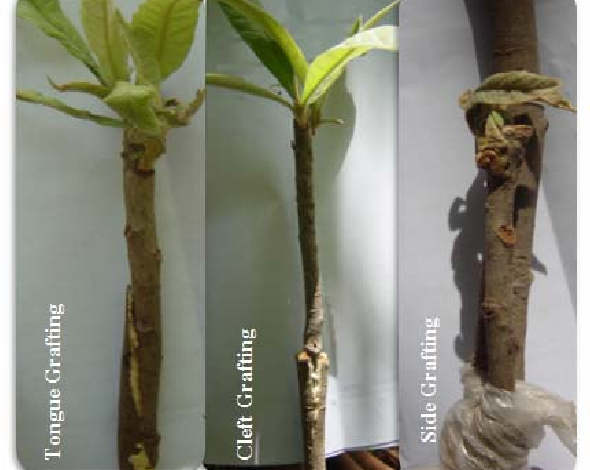
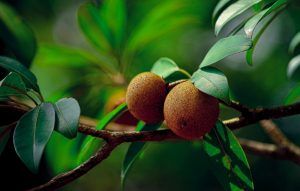 The sweetness and softness of the loquat pulp are more than valid reasons to want to have a tree of this fruit in the orchard.
The sweetness and softness of the loquat pulp are more than valid reasons to want to have a tree of this fruit in the orchard.
Its reproduction through seeds or layering tends to give very good results, but cutting is highly recommended if a correct job is done.
Today we present you the step by step to achieve success through this method, although at once we warn you that it is better to run it with several branches.In this way, the success rate of the procedure will increase and we will enjoy one or several trees at the end.
Shall we move forward with all the data on this interesting topic? Go for it.
With what other plants or trees can we graft the medlar cutting?
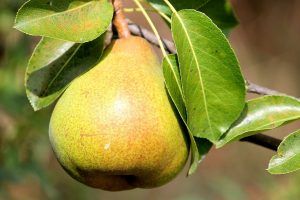 Loquat grafts are usually carried out with the same species in order to improve the conditions of a tree that does not bear fruit , for example.
Loquat grafts are usually carried out with the same species in order to improve the conditions of a tree that does not bear fruit , for example.
It also serves to work on the resistance of the tree against the attack of certain pests or diseases.Other species that accept this procedure with the loquat are the pear tree and the quince.
What is the best time to plant loquat cuttings?
The best time to proceed with this procedure is in late summer, after harvest time has passed.However, it must be ensured that the plant has not started to defoliate but that it still has some leaves.
How to get loquat cuttings to root correctly?
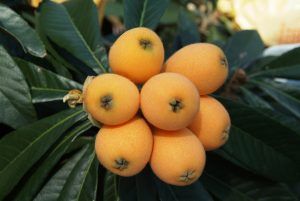 medlar root correctly» width=»300″ height=»201″ />The medlar cutting must be planted in good quality soil.As they are quite long, it is best to select a pot that is at least 10 centimeters tall.
medlar root correctly» width=»300″ height=»201″ />The medlar cutting must be planted in good quality soil.As they are quite long, it is best to select a pot that is at least 10 centimeters tall.
In this way it will be possible to ensure that a considerable percentage of them are buried in order to prosper.
The soil must contain some proportion of organic matter , so that the cutting receives the proper nutrients to be in better health.In addition, before proceeding with sowing, it is essential to immerse them in a quality natural rooting agent that helps root formation.
Then they will be moved to the pot to bury them and the fingers will be used to press a little the earth around them.Watering at this point is very important and must be done thoroughly so that the entire cutting is impregnated.
In the following days, it is necessary to assess that the substrate remains moist enough, applying irrigation every 2 or 3 days depending on how it looks.The cuttings must be kept in a warm space during the development of autumn and winter, especially protected from frost and cold drafts.
How should we take loquat cuttings to plant them?
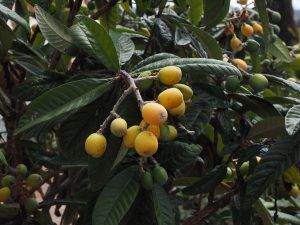 The cuttings have to be cut with an age that is around one year old.In this way they will be younger and with more energy for the work they will have to do around the formation of roots.
The cuttings have to be cut with an age that is around one year old.In this way they will be younger and with more energy for the work they will have to do around the formation of roots.
It is also a good plan that they have a length of more or less 20 centimeters to have more ease when handling them.
As the cuttings will surely have leaves, it will be necessary to remove the ones that are at the base and leave 2 or 3 from the top.This step can be carried out with the help of the fingers to ensure that the union of the branch with the place where the leaf was is maintained, as it will be useful.
The cutting will have a semi-woody structure according to its age, which will make it easier to remove the aforementioned leaves.
How long should we leave loquat cuttings in water?
Loquat cuttings do not need to be submerged in water to thrive .In any case, the most humid contact they have to have outside the soil is with the rooting hormone.
Is it convenient to use fertilizer or compost?
The loquat is very grateful to the application of fertilizers from its initial process. For this reason, it is a good plan to add organic matter to the planting soil.It is not necessary to spend money to meet this demand, since homemade compost or decomposed manure will be more than enough.
How long does it usually take for a medlar cutting to come out?
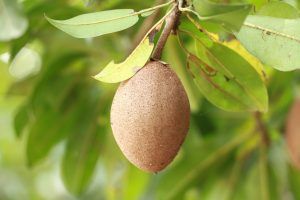 A medlar cutting can take up to 3 months to generate roots . However, because of the planting season, there is no need to rush them.
A medlar cutting can take up to 3 months to generate roots . However, because of the planting season, there is no need to rush them.
Some connoisseurs of this species report that the success rate corresponds to, more or less, two out of three cuttings.
Therefore, the wisest thing to do is to maintain general care and allow them to develop throughout the fall and winter.
When spring arrives and the good weather sets in, it will be possible to assess which cuttings are ready to transplant and which should be discarded.From there, you just have to wait for them to carry out their proper growth process to generate a harvest.

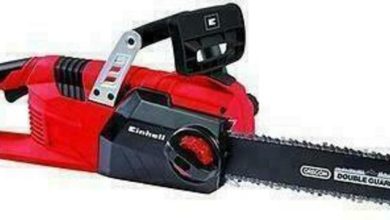
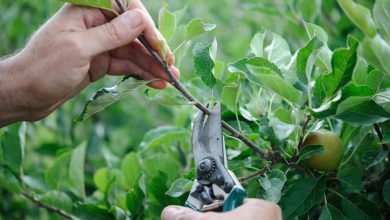
![Photo of Cabbage Baris (Baris spp): [Characteristics, Detection, Effects and Treatment]](https://www.complete-gardening.com/wp-content/uploads/2022/08/cabbage-baris-baris-spp-characteristics-detection-effects-and-treatment-390x220.jpg)
